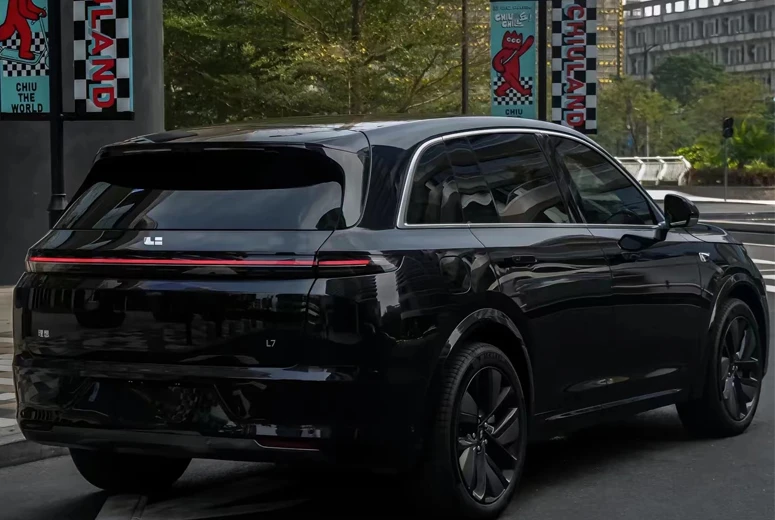light duty truck definition
Understanding the Definition of Light Duty Trucks
In the realm of automotive engineering and transportation, the term light duty truck (LDT) plays a pivotal role. It encompasses a specific category of vehicles that are vital for personal use, commercial activities, and a variety of service industries. As societal needs evolve, so does the definition and classification of these vehicles, impacting regulations, manufacturing, and consumer choices.
What is a Light Duty Truck?
Light duty trucks are typically defined as those vehicles with a gross vehicle weight rating (GVWR) of up to 8,500 pounds. This category includes various forms of vehicles, ranging from standard pickup trucks and vans to sport utility vehicles (SUVs). The U.S. Environmental Protection Agency (EPA) and the Department of Transportation are among the regulatory bodies that provide specific classifications and guidelines to determine what constitutes a light duty truck.
The GVWR is crucial, as it represents the maximum weight a vehicle is rated to safely carry, including its own weight plus the weight of any cargo and passengers. Essentially, light duty trucks are designed for daily use, especially in urban or suburban settings, serving both functional transportation needs and lifestyle requirements.
Types of Light Duty Trucks
Light duty trucks can be categorized into several types based on their design and intended use
1. Pickup Trucks These are among the most popular light duty trucks, characterized by an open cargo area, a cab for passengers, and versatility in usage. They are commonly used for both work purposes, like construction and transportation of goods, and for personal use, such as family outings or recreational activities.
2. Cargo Vans Designed primarily for hauling goods, cargo vans are enclosed vehicles that offer significant storage space. They are favored in industries such as delivery, trade services, and logistics.
light duty truck definition

3. SUVs Sport Utility Vehicles combine features of road-going passenger cars with off-road vehicles. They provide ample space for passengers and cargo, making them suitable for families and individuals who prioritize versatility and comfort.
4. Minivans Although primarily designed for family use, minivans fall into the class of light duty trucks due to their weight and seating capacity. They are engineered for passenger transport but often have features that allow for cargo transport as well.
Importance of Light Duty Trucks
Light duty trucks serve as a critical component in both personal and commercial transportation sectors. For businesses, they provide flexibility, allowing for the transport of goods, equipment, and personnel. In residential settings, these vehicles accommodate various lifestyle needs, including family outings, vacations, and hobbies. Additionally, they support industries such as agriculture, construction, and service sectors through their utility and carrying capacity.
Regulatory Standards and Environmental Impact
The classification of light duty trucks is not merely for convenience; it has significant implications for regulatory standards concerning fuel efficiency, emissions, and safety. In response to environmental concerns, government agencies have established stricter regulations aimed at reducing greenhouse gas emissions from light duty trucks. The implementation of standards such as the Corporate Average Fuel Economy (CAFE) not only promotes fuel efficiency but also encourages manufacturers to innovate in terms of technology and design.
For consumers, understanding the definition and implications of light duty trucks can influence purchase decisions. As manufacturers continue to develop more efficient and environmentally friendly models, consumers are increasingly motivated to consider the long-term costs of fuel and maintenance, alongside the initial vehicle price.
Conclusion
The definition of light duty trucks is more than a simple categorization; it encompasses a wide array of vehicles that play crucial roles in everyday life. Understanding their types, uses, and the regulations governing them can help consumers make informed choices, while also acknowledging the importance these vehicles hold in the economy and environment. As technology advances and consumer preferences shift, the landscape of light duty trucks will undoubtedly continue to evolve, reflecting broader trends in society and the automotive industry. Embracing this evolution is essential for fostering a sustainable future for transportation.
-
2BFY Traction Series Grain Fertilizer Seeder - Chenyang Group|Integrated Seeding&FertilizingNewsAug.01,2025
-
2BFY Traction Series Grain Fertilizer Seeder-Chenyang GroupNewsJul.31,2025
-
2BFY Traction Series Grain Fertilizer Seeder-Chenyang Group|Integrated Seeding,FertilizingNewsJul.31,2025
-
2BFY Traction Series Grain Fertilizer Seeder-Chenyang Group|Precision Farming,Agricultural MachineryNewsJul.30,2025
-
2BFY Traction Series Grain Fertilizer Seeder-Chenyang Group|Precision Farming SolutionsNewsJul.30,2025
-
2BFY Traction Series Grain Fertilizer Seeder-Chenyang Group:Integrated Seeding&FertilizingNewsJul.30,2025
Popular products

























